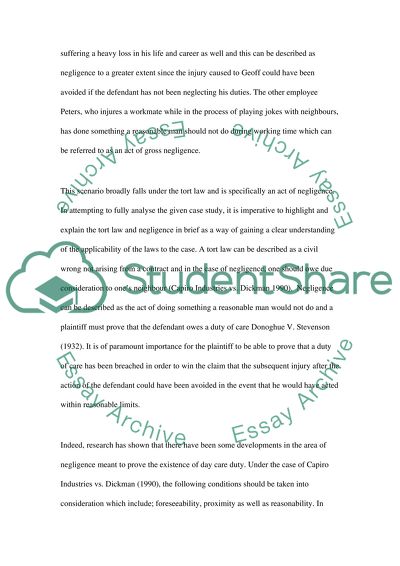Cite this document
(Ricky Gervais & Co Ltd Case Study Example | Topics and Well Written Essays - 2000 words, n.d.)
Ricky Gervais & Co Ltd Case Study Example | Topics and Well Written Essays - 2000 words. Retrieved from https://studentshare.org/law/1553792-law-in-business
Ricky Gervais & Co Ltd Case Study Example | Topics and Well Written Essays - 2000 words. Retrieved from https://studentshare.org/law/1553792-law-in-business
(Ricky Gervais & Co Ltd Case Study Example | Topics and Well Written Essays - 2000 Words)
Ricky Gervais & Co Ltd Case Study Example | Topics and Well Written Essays - 2000 Words. https://studentshare.org/law/1553792-law-in-business.
Ricky Gervais & Co Ltd Case Study Example | Topics and Well Written Essays - 2000 Words. https://studentshare.org/law/1553792-law-in-business.
“Ricky Gervais & Co Ltd Case Study Example | Topics and Well Written Essays - 2000 Words”. https://studentshare.org/law/1553792-law-in-business.


